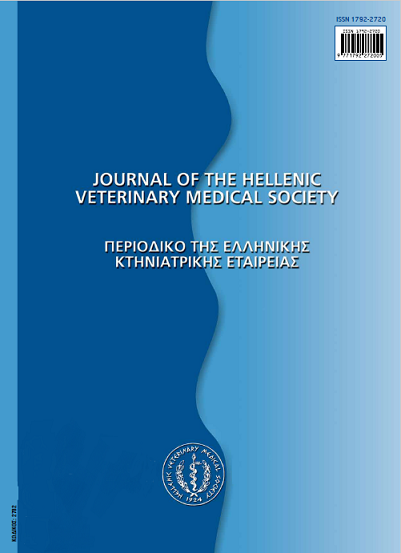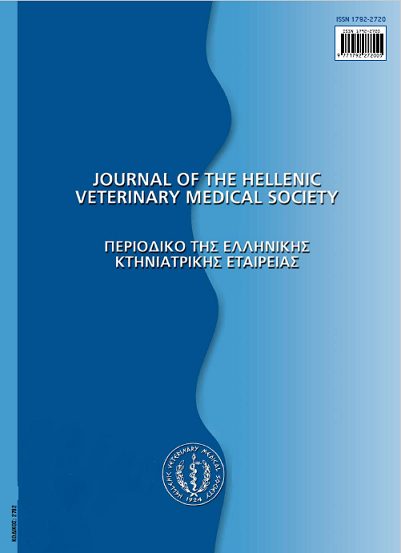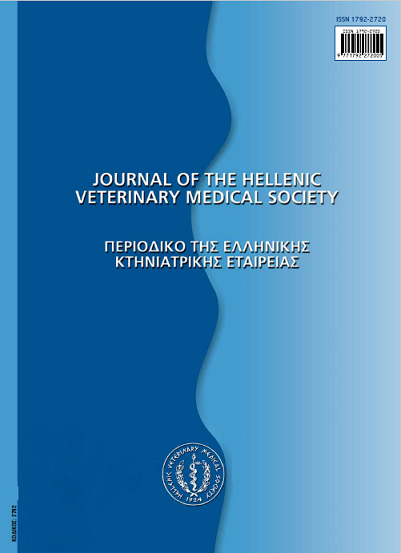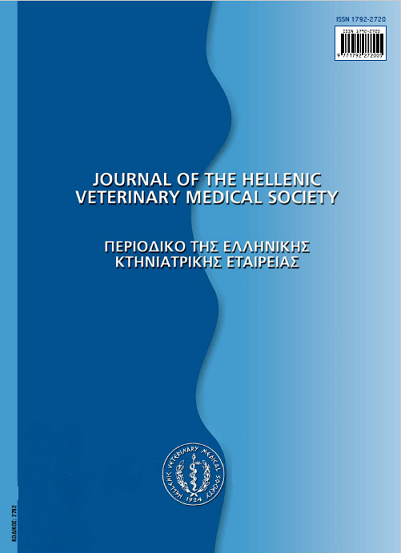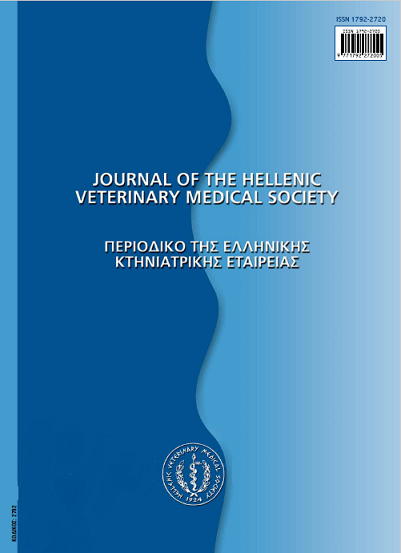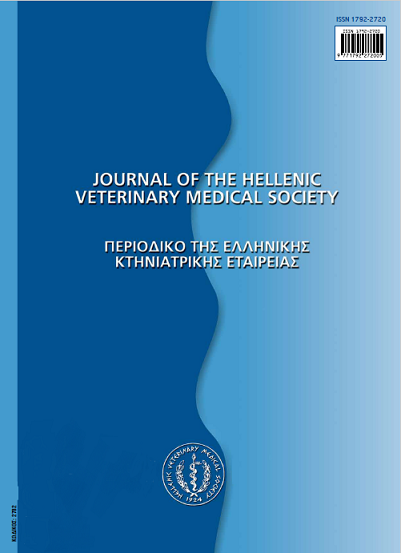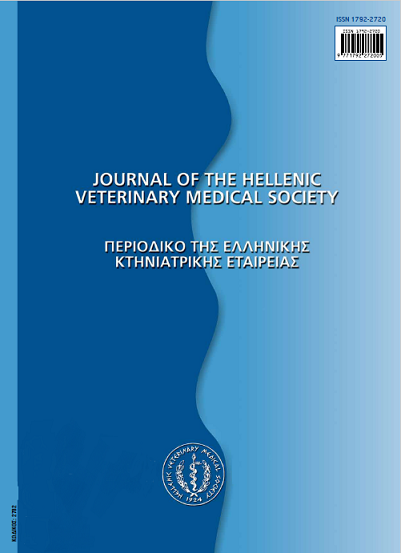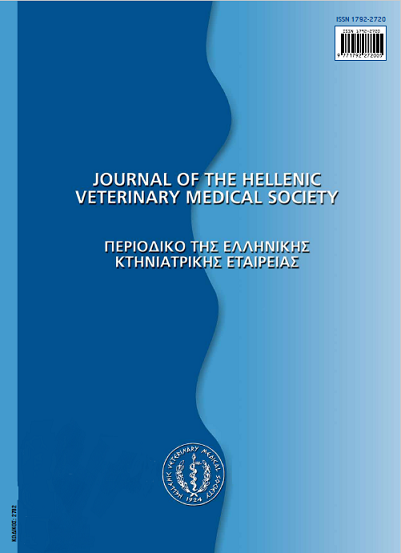Survival of Escherichia coli 0157:H7 in cultured butter during storage.
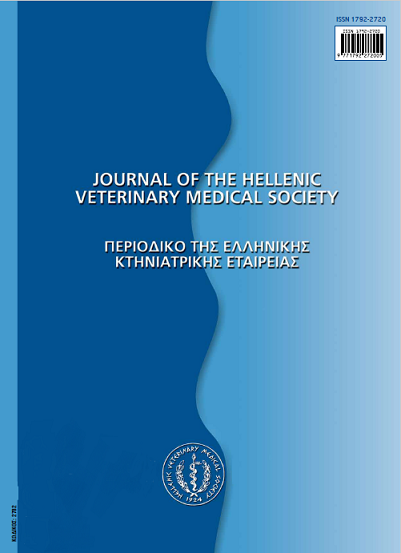
Abstract
The survival of E. coli 0157:H7 was examined in 3 types of butter: unsalted, salted with 0.46% and 0.93% salt. The butter samples were inoculated with a low (c.a. 3.14 log CFU/g) or high concentration (c.a. 4.80 log CFU/g) inoculum of the pathogen and were stored at 4°C and 12°C. The contaminated butter samples were stored for 2 months at 4°C and up to visible spoilage (20-26 days) at 12° C. By the end of the storage at 4°C, the tests with the high inoculum of the pathogen revealed that populations of E. coli 0157:H7 were decreased by 2.26 log CFU/g in the unsalted and in 0.46% salted types of butter, and by 2.74 log CFU/g in the 0.93% salted type of butter, while the tests with the low inoculum of the pathogen revealed that populations of E. coli Ol57:H7 decreased by 1.81 log CFU/g in the unsalted type of butter and were detectable in the other types of butter only after enrichment. By the end of the storage at 12°C, the tests with the high inoculum of the pathogen revealed that populations of E coli Ol57:H7 decreased by 2.71 and 3.17 log CFU/g in the unsalted and 0.46% salted types of butter, after 20 and 22 days, respectively and were detectable, in the 0.93% salted type of butter after 26 days, only after enrichment, while the tests with the low inoculum of the pathogen revealed that populations of E. coli O l 57:H7 were decreased by 1.88 log CFU/g in the unsalted type of butter after 20 days, and were detectable, in the 0.46% and 0.93% salted types of butter after 22 and 24 days, respectively, only after enrichment. The initial pH of all butter samples (5.18±0.01) decreased slightly (0.06-0.10) during storage at 4°C, and more (0.48 - 0.54) during storage at 12°C.
Article Details
- How to Cite
-
GOVARIS (Α. ΓΚΟΒΑΡΗΣ) A., PAPAGEORGIOU (Δ.Κ. ΠΑΠΑΓΕΩΡΓΙΟΥ) D. K., & PAPATHEODOROU (Κ. ΠΑΠΑΘΕΟΔΩΡΟΥ) K. (2018). Survival of Escherichia coli 0157:H7 in cultured butter during storage. Journal of the Hellenic Veterinary Medical Society, 53(2), 147–161. https://doi.org/10.12681/jhvms.15371
- Issue
- Vol. 53 No. 2 (2002)
- Section
- Research Articles

This work is licensed under a Creative Commons Attribution-NonCommercial 4.0 International License.
Authors who publish with this journal agree to the following terms:
· Authors retain copyright and grant the journal right of first publication with the work simultaneously licensed under a Creative Commons Attribution Non-Commercial License that allows others to share the work with an acknowledgement of the work's authorship and initial publication in this journal.
· Authors are able to enter into separate, additional contractual arrangements for the non-exclusive distribution of the journal's published version of the work (e.g. post it to an institutional repository or publish it in a book), with an acknowledgement of its initial publication in this journal.
· Authors are permitted and encouraged to post their work online (preferably in institutional repositories or on their website) prior to and during the submission process, as it can lead to productive exchanges, as well as earlier and greater citation of published work.



